The Intel Core 2 Duo is a family of dual-core processors that was introduced by Intel on July 27, 2006. This line of CPUs marked a significant advancement in Intel's microprocessor technology, featuring a 64-bit architecture and designed for both desktop and mobile applications. The Core 2 Duo processors were part of the broader Core microarchitecture, which also included quad-core variants.
Key Features
- Cores : Dual-core architecture, allowing for better multitasking and improved performance over single-core processors.
- Clock Speed : Ranged from 1.06 GHz to 3.5 GHz , depending on the specific model.
- Cache : Varies by model, with options including 2 MB to 12 MB of L2 cache.
- Front-Side Bus (FSB) : Speeds ranged from 533 MT/s to 1.6 GT/s , contributing to the overall data transfer rates between the CPU and memory.
- Thermal Design Power (TDP) : Generally between 17 W and 65 W , making them relatively power-efficient for their time.
Notable Models
- Core 2 Duo E8400 * Base Frequency : 3.00 GHz * Cache : 6 MB L2 * Bus Speed : 1333 MHz * TDP : 65 W
- Core 2 Duo E7500 * Base Frequency : 2.93 GHz * Cache : 3 MB L2 * Bus Speed : 1066 MHz * TDP : 65 W
- Core 2 Duo L7500 * Base Frequency : 1.60 GHz * Cache : 4 MB L2 * Bus Speed : 800 MHz * TDP : 17 W
Legacy and Impact
The Core 2 Duo series played a crucial role in transitioning Intel away from the older Pentium brand, consolidating its product lines under the Core branding. This shift allowed for more streamlined marketing and development of processors that catered to both desktop and mobile users effectively. The architecture introduced features such as virtualization support (VT-x) and enhanced power management technologies, which paved the way for future advancements in CPU design. The Core 2 Duo processors were eventually discontinued in June 2012 but remain notable for their influence on subsequent Intel processor generations and their role in enhancing computing performance during their market presence










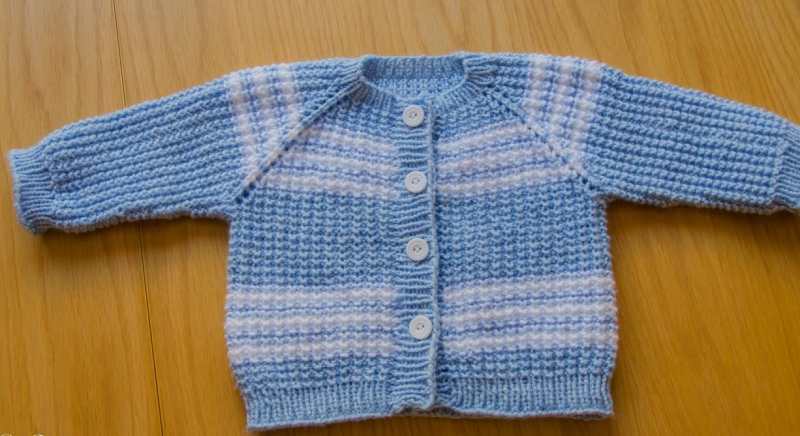
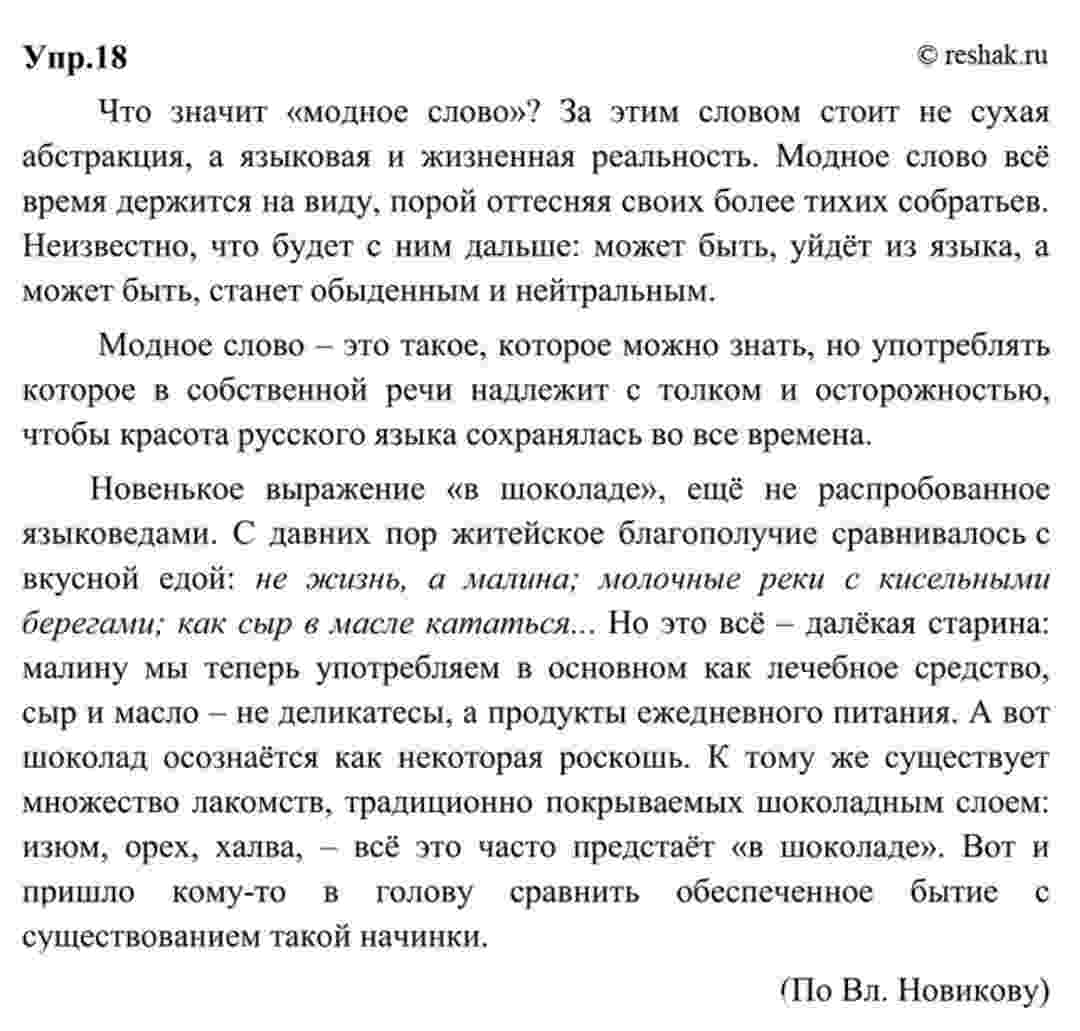


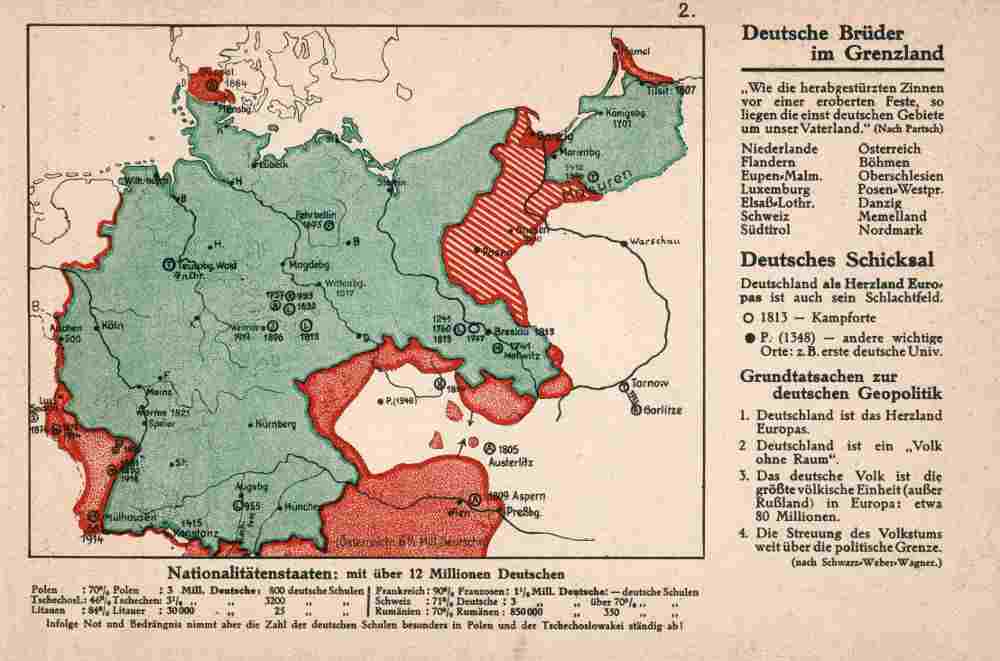











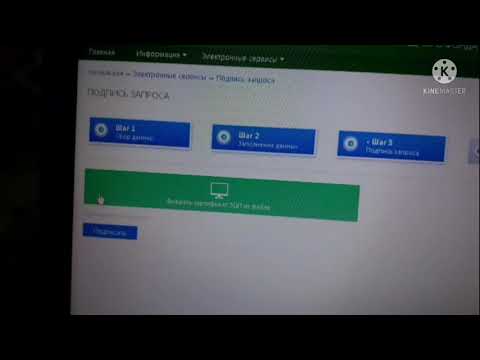

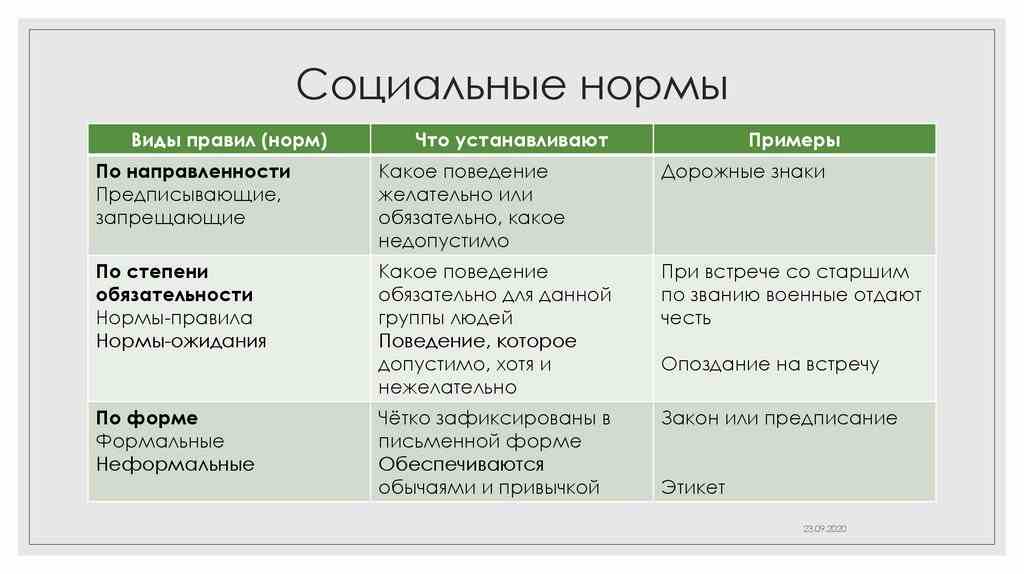


























 English (US)
English (US)